British Style: de le Cuona
We find out more about fabric firm de Le Cuona and its landmark range of organic, fully traceable linen
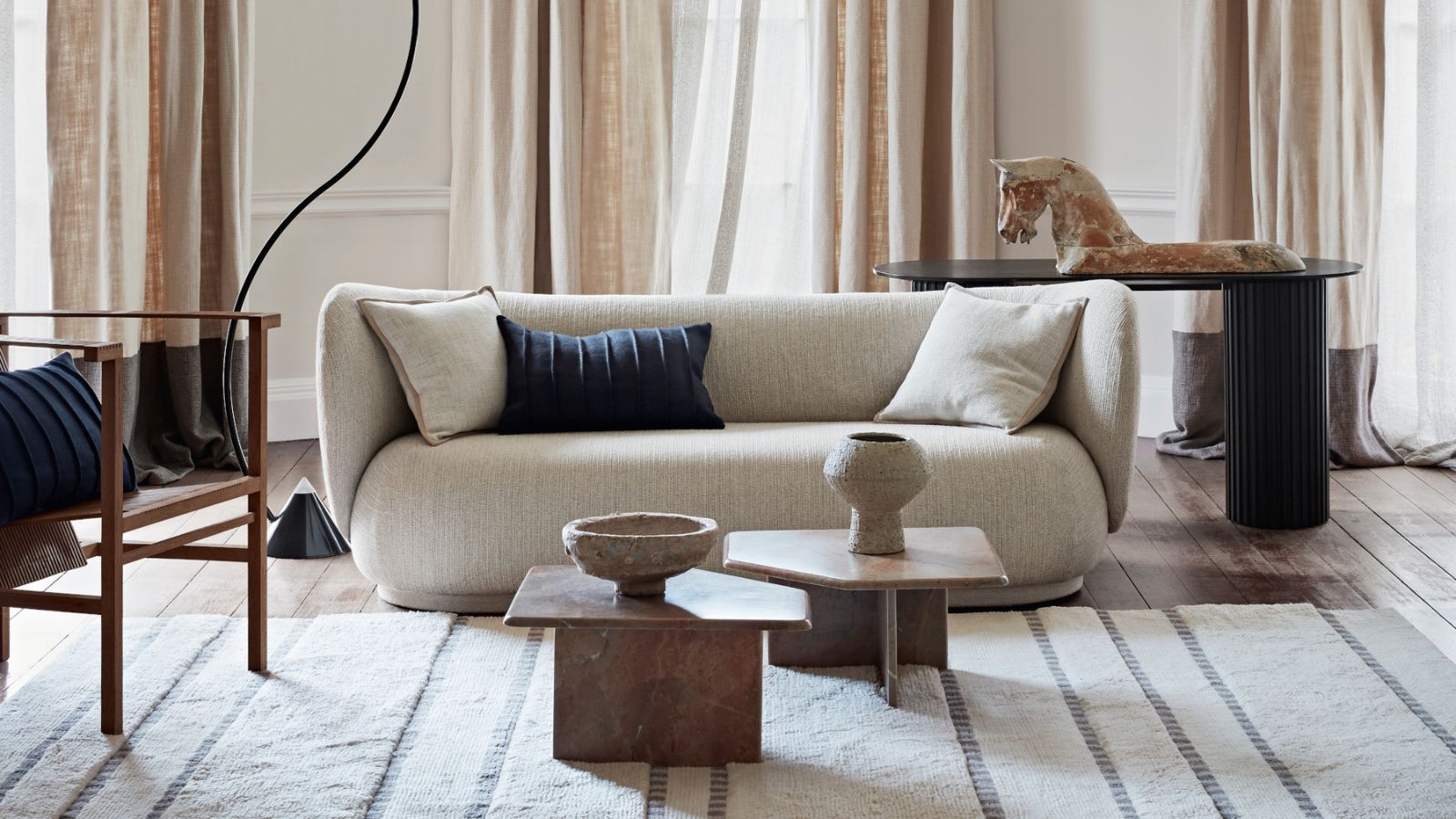
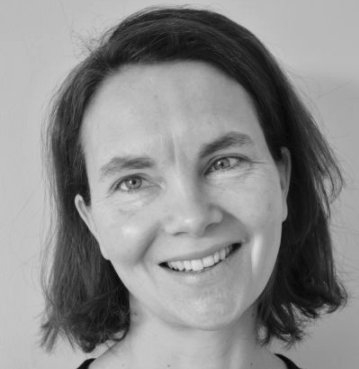
There's always something unexpected in a de Le Cuona collection. This year’s The Golden Age features couture silks, super-fine merino, wool bouclés and linens threaded with vintage metallics – beautiful neutrals dressed up with rich accents.
A few years ago, eyebrows were raised when the company released its (now iconic) Vintage Canvas – a linen cloth that had been painted before being washed several times to render it down to the texture of an artist’s canvas.
Prior to that came the invention of stonewashed and embossed linens for interior design, none of which had ever been seen on the market before.
And one of the first fabrics was Buffalo, a robust linen washed with large pumice stones to resemble beaten-up buffalo skin. It has, according to de le Cuona founder Bernie de Le Cuona, a ‘raw sophistication’.
Recent events and shifting landscapes have proved both a challenge and an opportunity. ‘The world has changed so much,’ explains Bernie. ‘What used to take between six and eight weeks to reach the warehouse now takes between six and eight months.’
When the pandemic struck and a yarn shortage hit, the brand forward purchased harvests of cashmere and flax to ensure clients had access to the full collection. Patience is now key. ‘In this climate, it is about re-education. Interior designers need to educate their clients that if you want the best quality fabrics, then you have to be prepared to wait.’
A company with sustainability at its heart
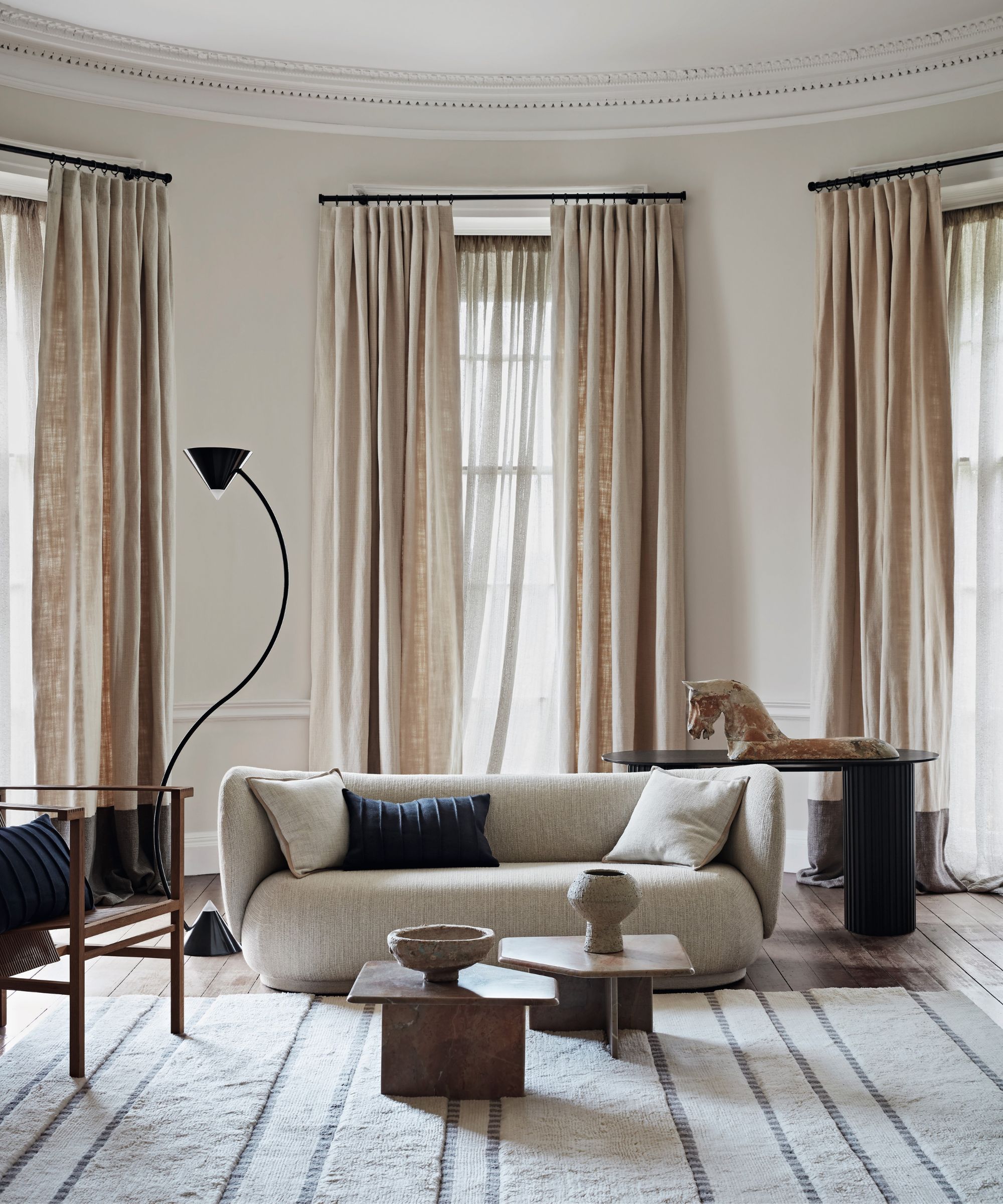
Despite all the challenges, Bernie’s commitment to sustainability is non-negotiable. As she lived on a farm near Pretoria in South Africa from her early teens, the environment and its precious resources have always been close to her heart.
‘Growing up in Africa, you see how nothing is ever wasted. Waste is a rich country’s problem; in Africa everything is reused.’
Although she has always worked directly with mills, a few years ago Bernie began to investigate the environmental impact of her supply chain – and follow the entire production process from farmer to warehouse.
The result was Pure, a collection of six 100 per cent organic linens – a first in the world of sustainable fabrics. It is certified by the Global Organic Textile Standard (GOTS), awarded to fabrics that are sustainably produced from field to final product.
This is no mean feat: only one per cent of the world’s linen is organic and it required finding the certified mills, flax farmers, dyers and weavers and also changing all the in-house packaging so that it was FSC-approved.
Today, de Le Cuona operates a circular economy wherever possible to avoid any fabrics ending up in landfill or being destroyed. ‘We either re-color lines that are discontinued or we give them to a charity that we collaborate with – Fine Cell Work – which turns them into other products,’ Bernie says.
How the story unfolded...
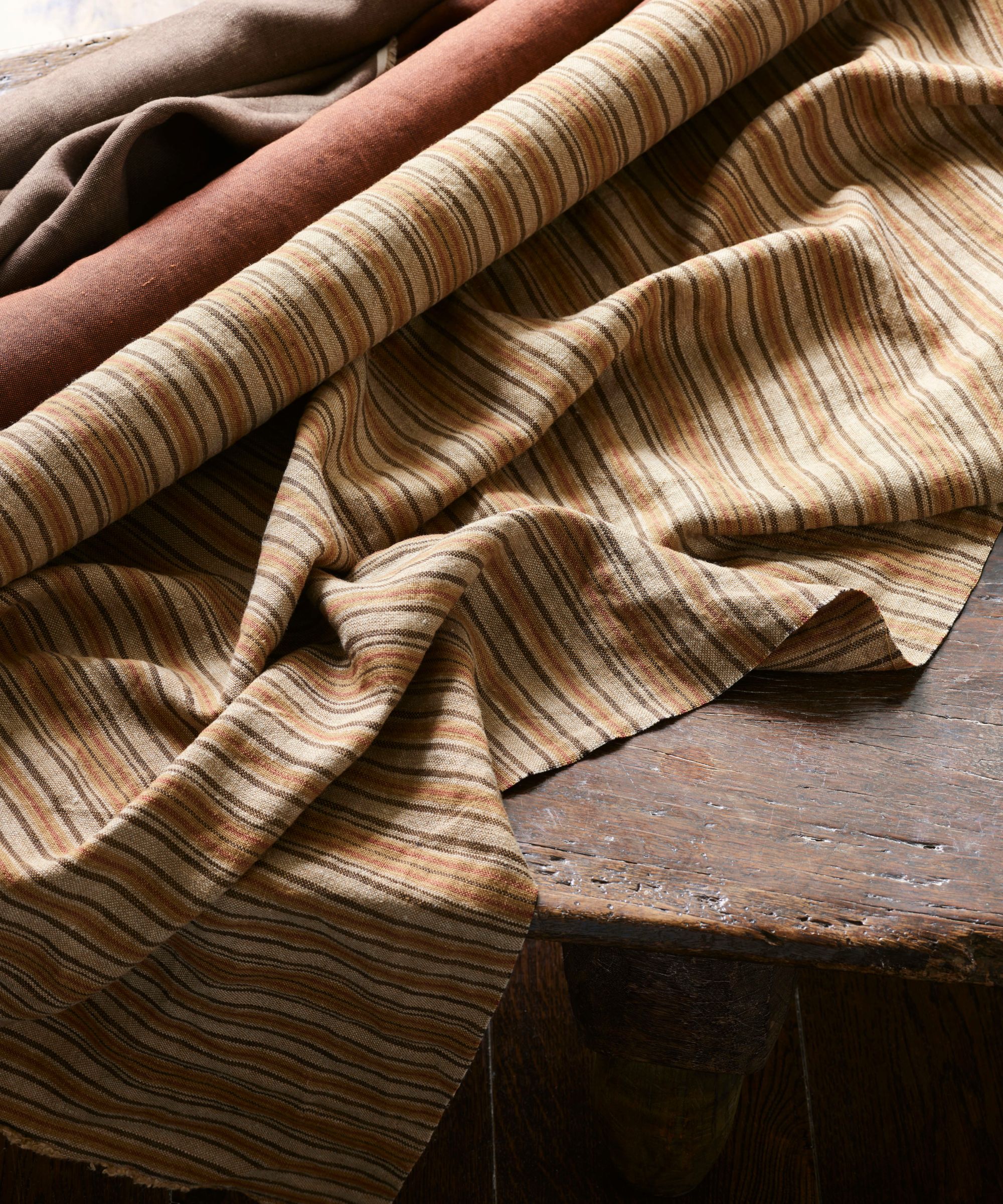
Bernie founded the brand in 1992. Having studied architectural design in Johannesburg, she came to Europe to travel and ended up living in Belgium for a year.
There, she often found herself browsing antiques shops in Brussels. ‘It was the first time I’d come across hand-dyed vintage linen, which struck me as a raw yet gentle fabric that had a texture and nature that took me back to Africa. The versatility and ways linen can feel and be handled sparked an idea.’
Moving to England, she set about producing a linen fabric for interiors. At the time, the only one available was printed linen – plain or textured linens were unheard of.
The business was self-funded from the start. ‘I knew no one, but just called interior designers. I learned on the job,’ she says.
Bernie’s first port of call for production was India. Having been on a trip with a friend who imported carpets, she was mesmerized by the way that Indian weavers produced silk by hand with a tremendous attention to detail. At the final stage, the layers of silk were laid out over logs and beaten to soften the fabric – it occurred that the treatment could equally be applied to linen.
However, flax wasn’t grown in India and quality control was next to impossible. The only option was to move the production back to Europe – specifically Flanders – and to use the best quality Belgian and French linen fibers.
The first collection piqued the interest of decorators; the quality of this European-woven fabric cemented it.
The growth of de Le Cuona...
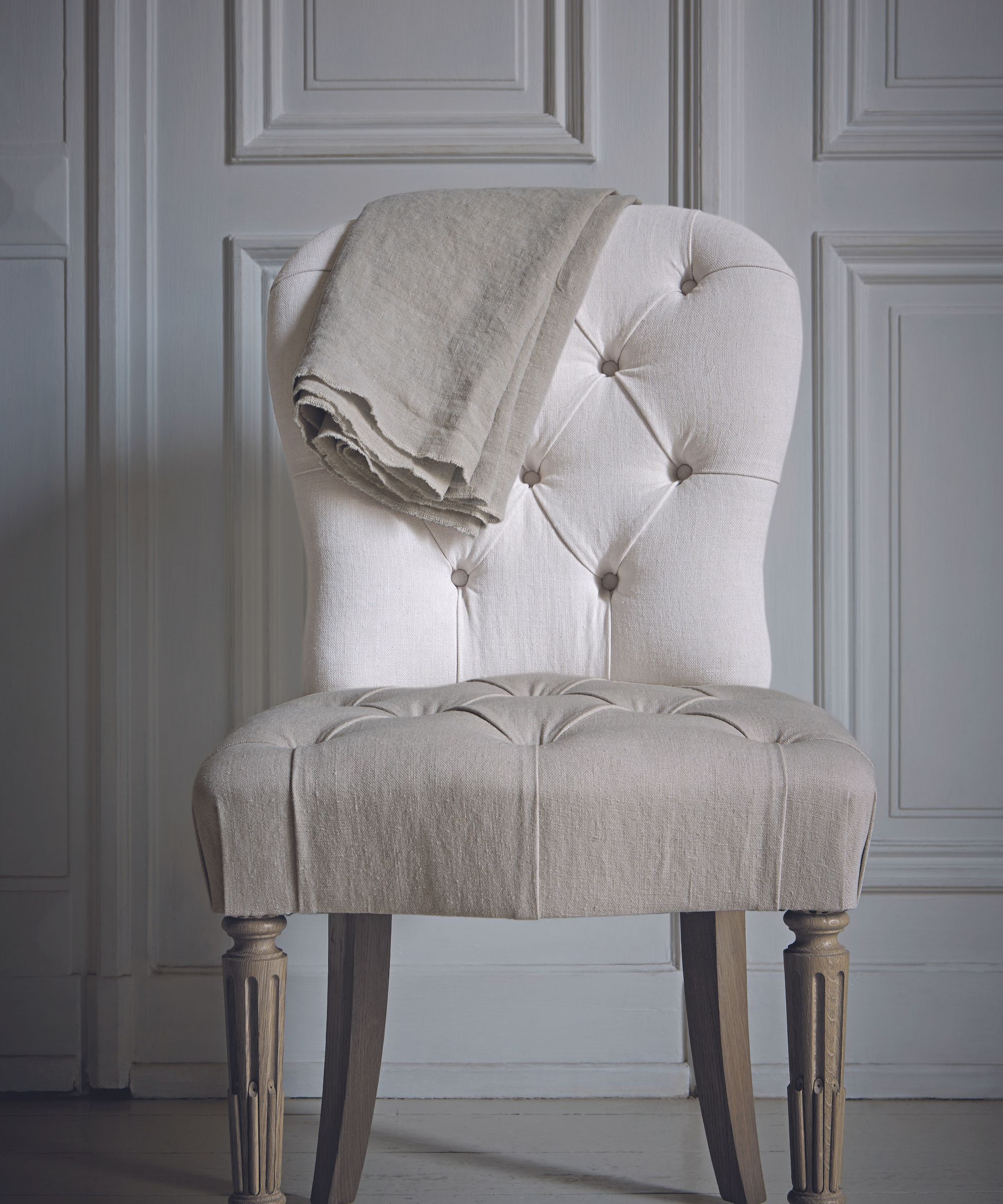
Unexpectedly, the film industry bought lots of early de Le Cuona – they needed natural linen for costumes.
Orders from Ralph Lauren Home were another boon. Growth from that point has been organic. ‘Our timing was good,’ explains Bernie. ‘We were lucky that during the first 10 years our fabrics were unique on the market and they combined with a time when, thanks to trends in the world of fashion, the concept of creased linen was no longer a problem for people.’
The company now works with specialist mills around Europe using natural fibers and artisan yarns; while the mills have long histories of weaving, they are happy to experiment with the ideas that Bernie conjures. Some, such as the one that produces Coco, a new cashmere-soft wool, are those that specialize in fashion fabrics.
Today, the whole collection, including the home accessories, is available from the brand’s showroom on Pimlico Road in London. The US is de Le Cuona’s fastest-growing market and other areas are growing, too. Collections grow organically: they might be inspired by the colors of Bernie’s native South Africa or a visit to a museum in Europe. An undercurrent that runs through each collection is that the unique textures, weights and colors of the fabrics work harmoniously together – making life easy for decorators and clients alike.
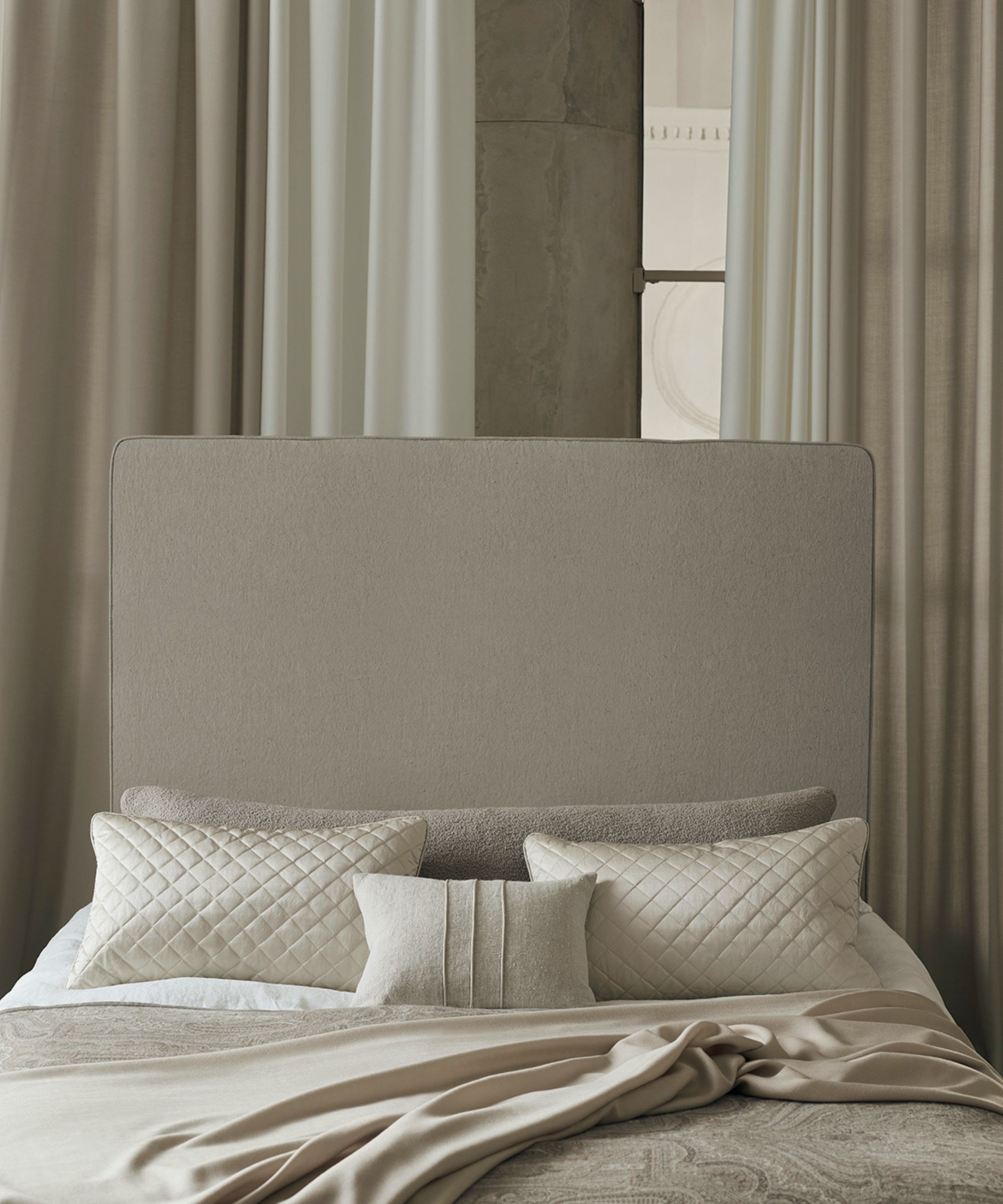
Sign up to the Homes & Gardens newsletter
Design expertise in your inbox – from inspiring decorating ideas and beautiful celebrity homes to practical gardening advice and shopping round-ups.

Arabella is a freelance journalist writing for national newspapers, magazines and websites including Homes & Gardens, Country Life, The Telegraph and The Times. For many years she has specialized in writing about property and interiors, but she began her career in the early 2000s working on the newly launched Country Life website, covering anything from competitions to find the nation’s prettiest vicarage to the plight of rural post offices.
-
 Zooey Deschanel and Jonathan Scott's breakfast nook is an innovative, effective use of kitchen space – it turns a 'dead area' into a cafe-style corner
Zooey Deschanel and Jonathan Scott's breakfast nook is an innovative, effective use of kitchen space – it turns a 'dead area' into a cafe-style cornerJonathan and Zooey have situated an eccentric yet elegant dining area in what may have been an otherwise underused corner
By Hannah Ziegler Published
-
 6 things you should never throw in the trash – and what to do for safe disposal instead
6 things you should never throw in the trash – and what to do for safe disposal insteadFrom batteries to space heaters, experts reveal what not to throw
By Andy van Terheyden Published
-
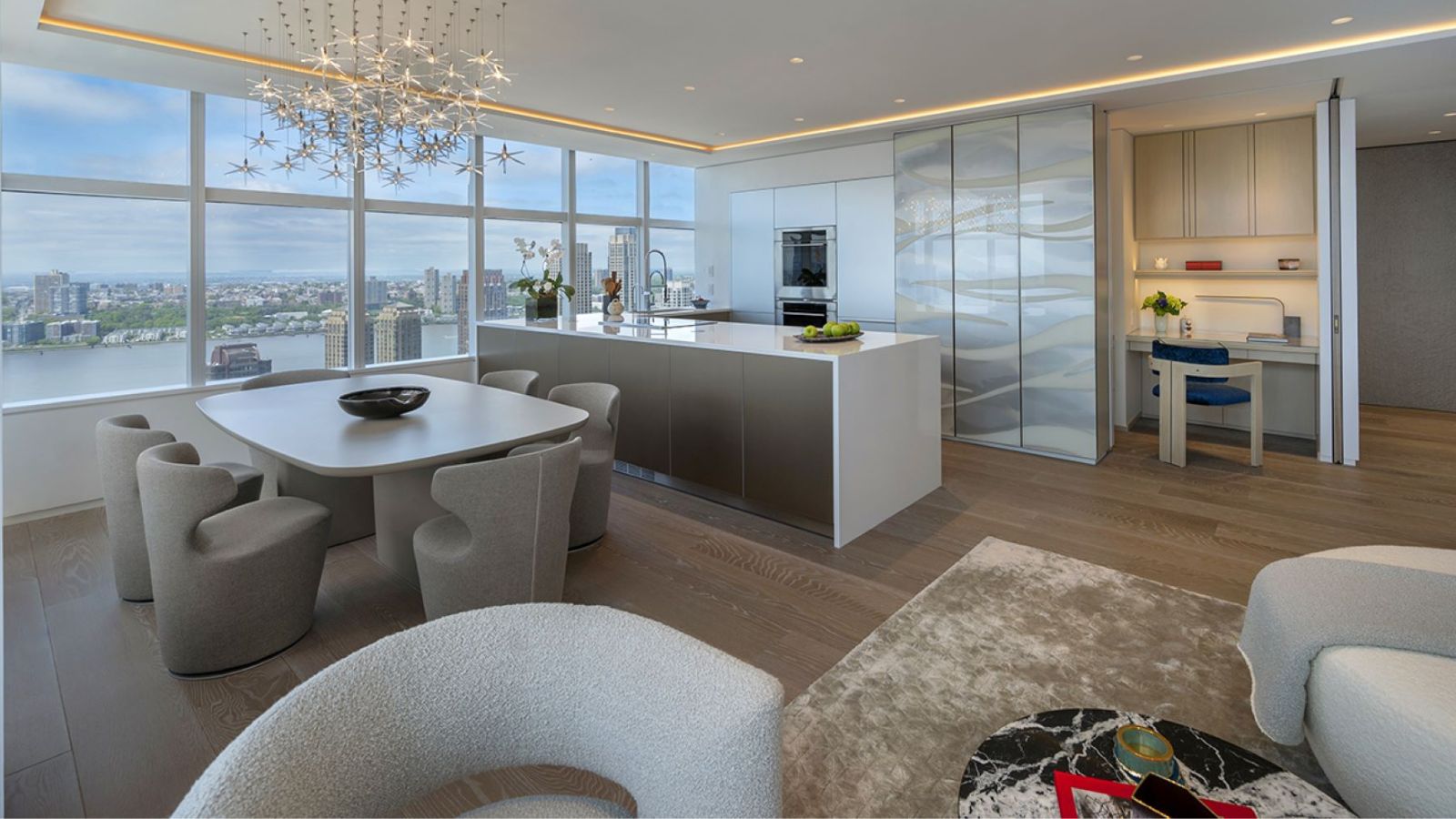 Designer Profile: Philip J. Consalvo
Designer Profile: Philip J. ConsalvoWe speak to the NYC-based architect and designer about his career, past, present and future
By Lucy Searle Published
-
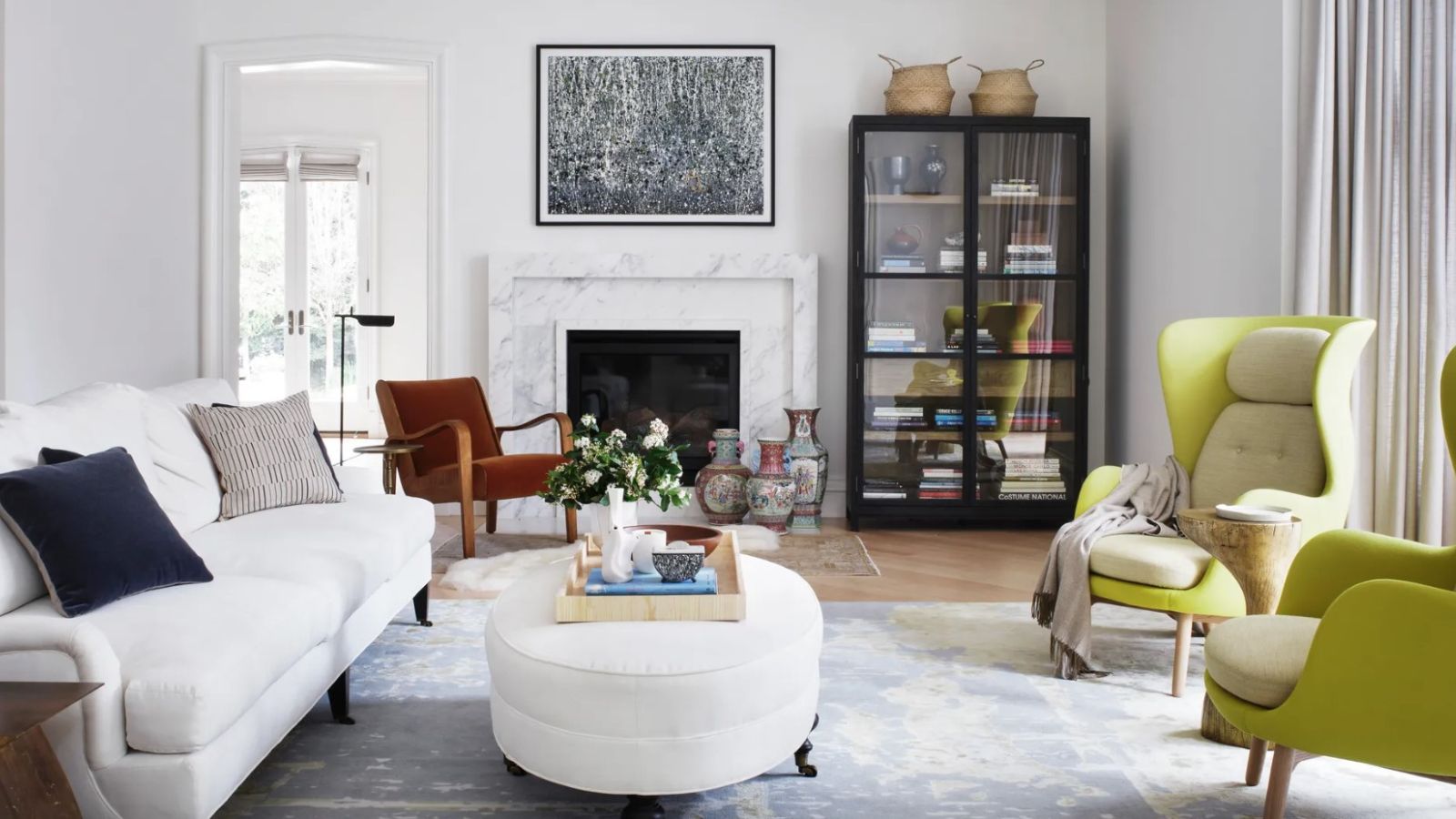 Designer Profile: Christine Lin
Designer Profile: Christine LinWe speak to the San Francisco-based interior design principal about her work, inspirations and projects
By Lucy Searle Published
-
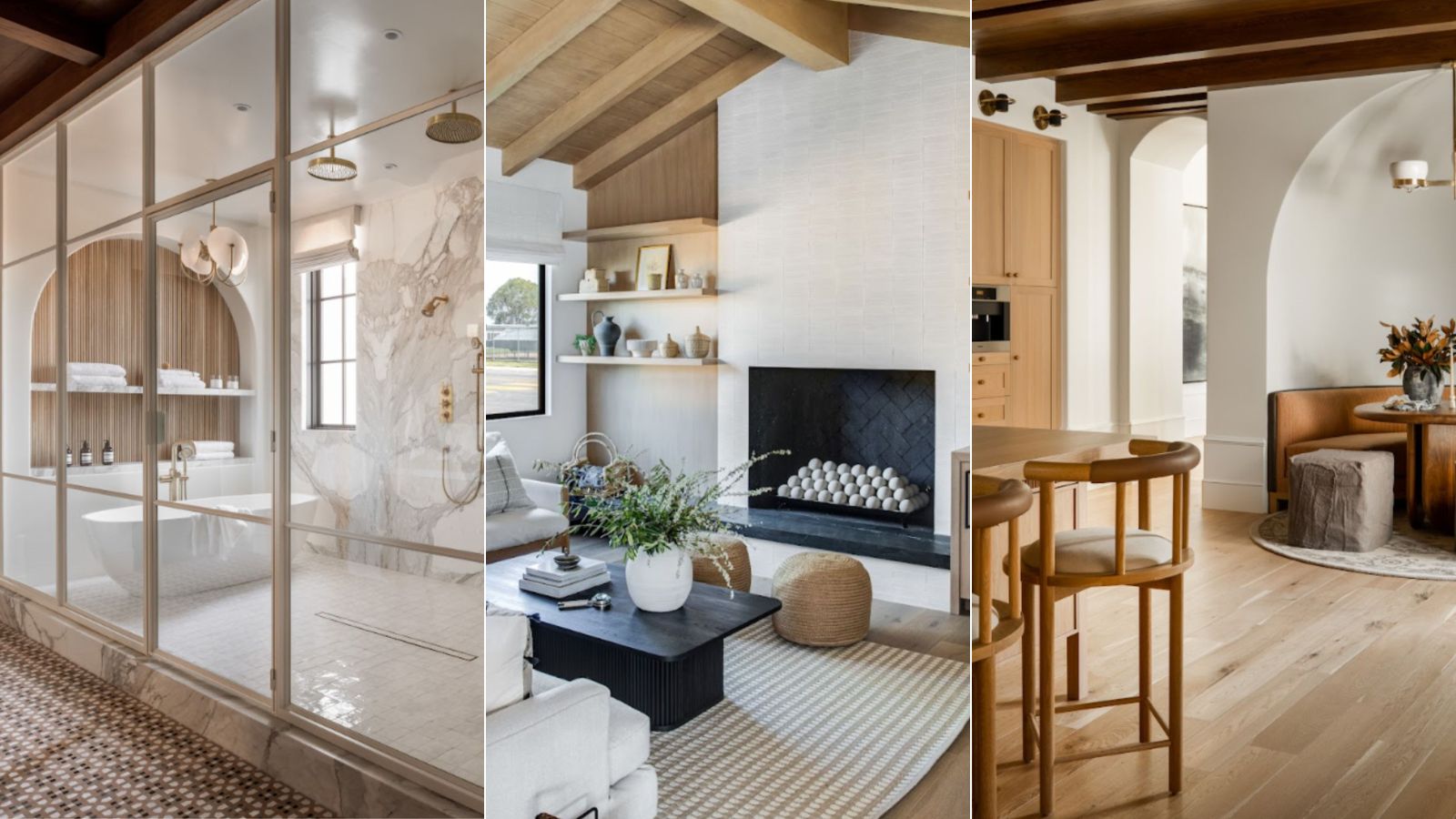 Designer Profile: Lindye Galloway
Designer Profile: Lindye GallowayLindye Galloway is the Founder and Chief Creative Officer of Lindye Galloway Studio + Shop, a full-service interior design firm and online shop based in Orange County, California
By Lola Houlton Published
-
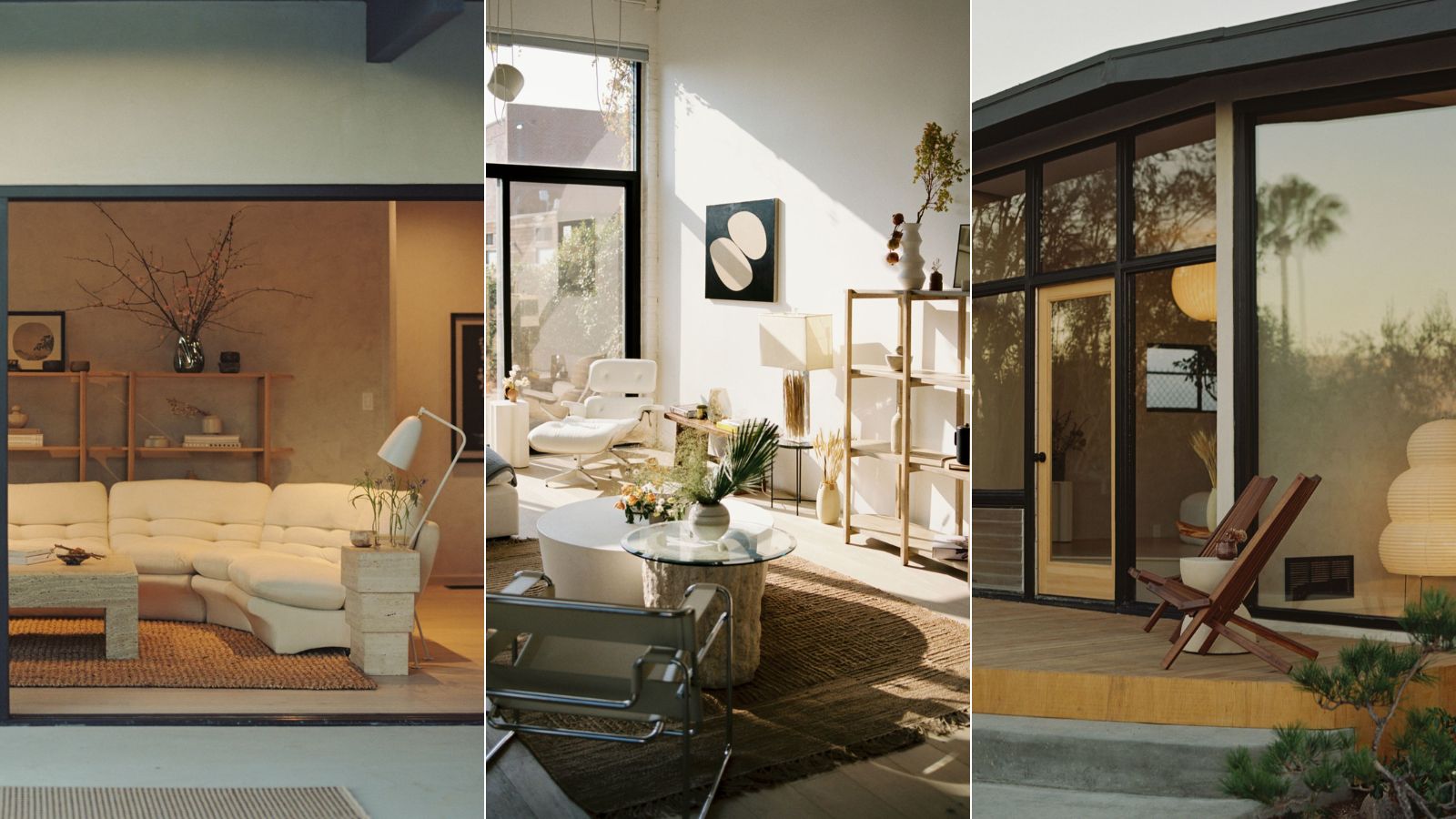 Designer Profile: Amanda Gunawan
Designer Profile: Amanda GunawanWe look at the career and work, past, present and future, of interior designer LA-based Amanda Gunawan of OWIU Design & OWIU Goods
By Lola Houlton Published
-
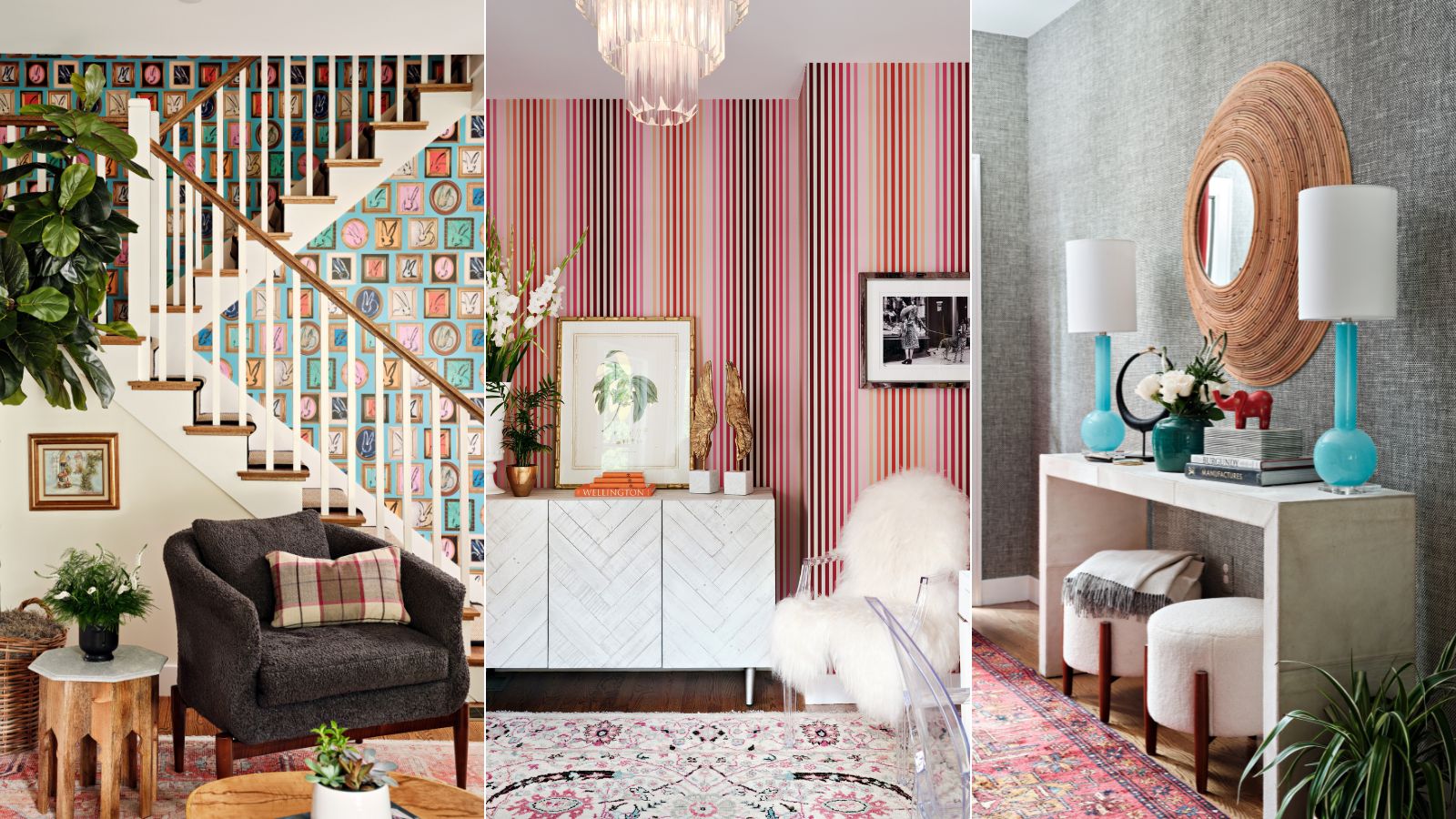 Designer Profile: Robin Gannon
Designer Profile: Robin GannonThe Boston-based interior designer offers full service in a style driven by the client. But what drives her? We find out
By Lucy Searle Published
-
 Designer Profile: Courtney Brannan
Designer Profile: Courtney BrannanPrincipal at Champalimaud, the designer has worked on Ritz-Carlton, Grand Cayman, the St. Regis Jakarta, Hotel Bel-Air in Los Angeles, California, and the Beverly Hills Hotel
By Lucy Searle Published
-
 Designer Profile: Rayman Boozer
Designer Profile: Rayman BoozerThe Apartment 48 founder and interior designer talks to us about his career and the importance of collaboration in interior design
By Lucy Searle Published
-
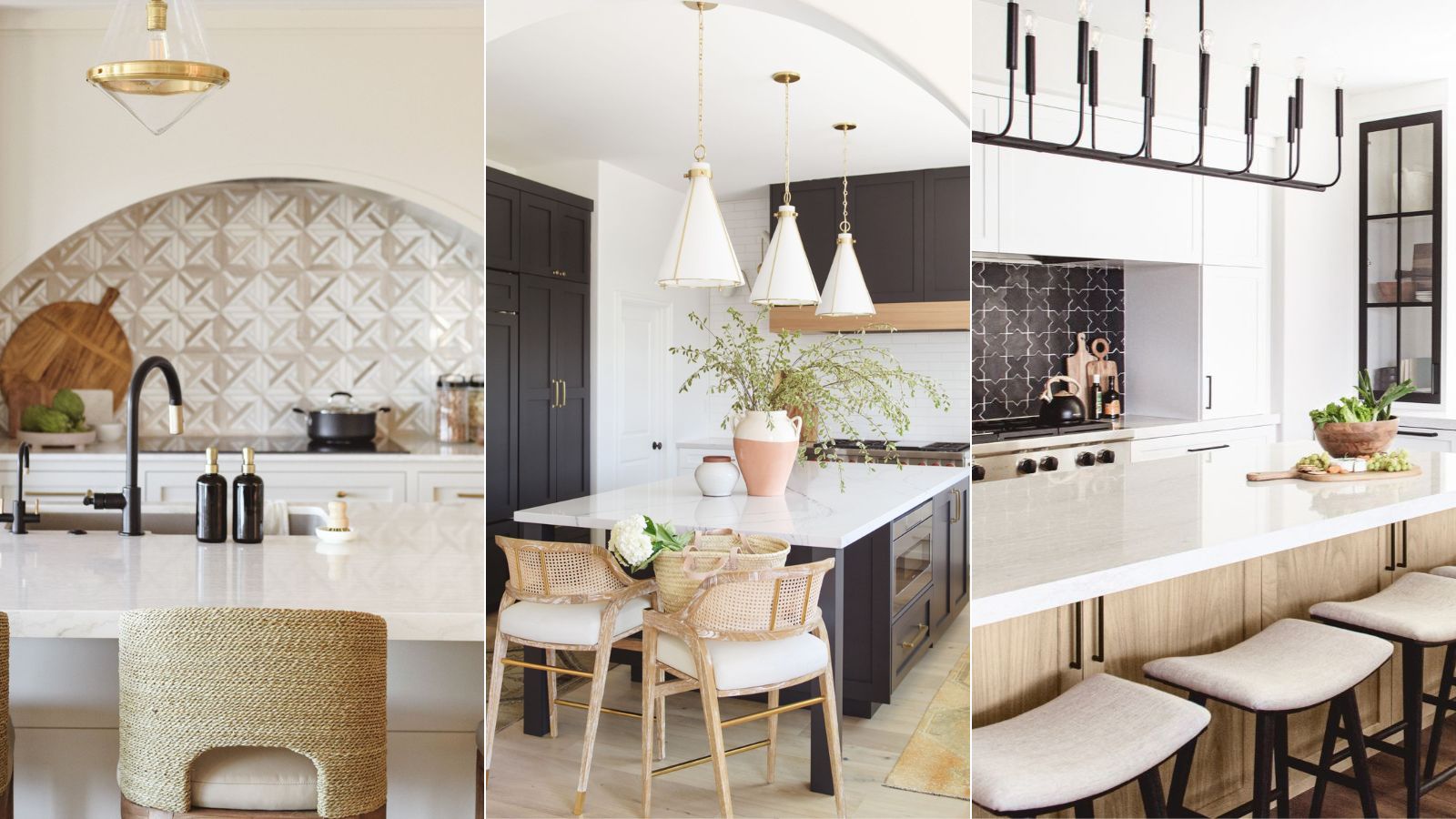 Designer Profile: Susan Wintersteen
Designer Profile: Susan WintersteenSan Diego-based design build firm Savvy Interiors creates happy homes for children facing a medical crisis through Savvy Giving By Design
By Lola Houlton Published